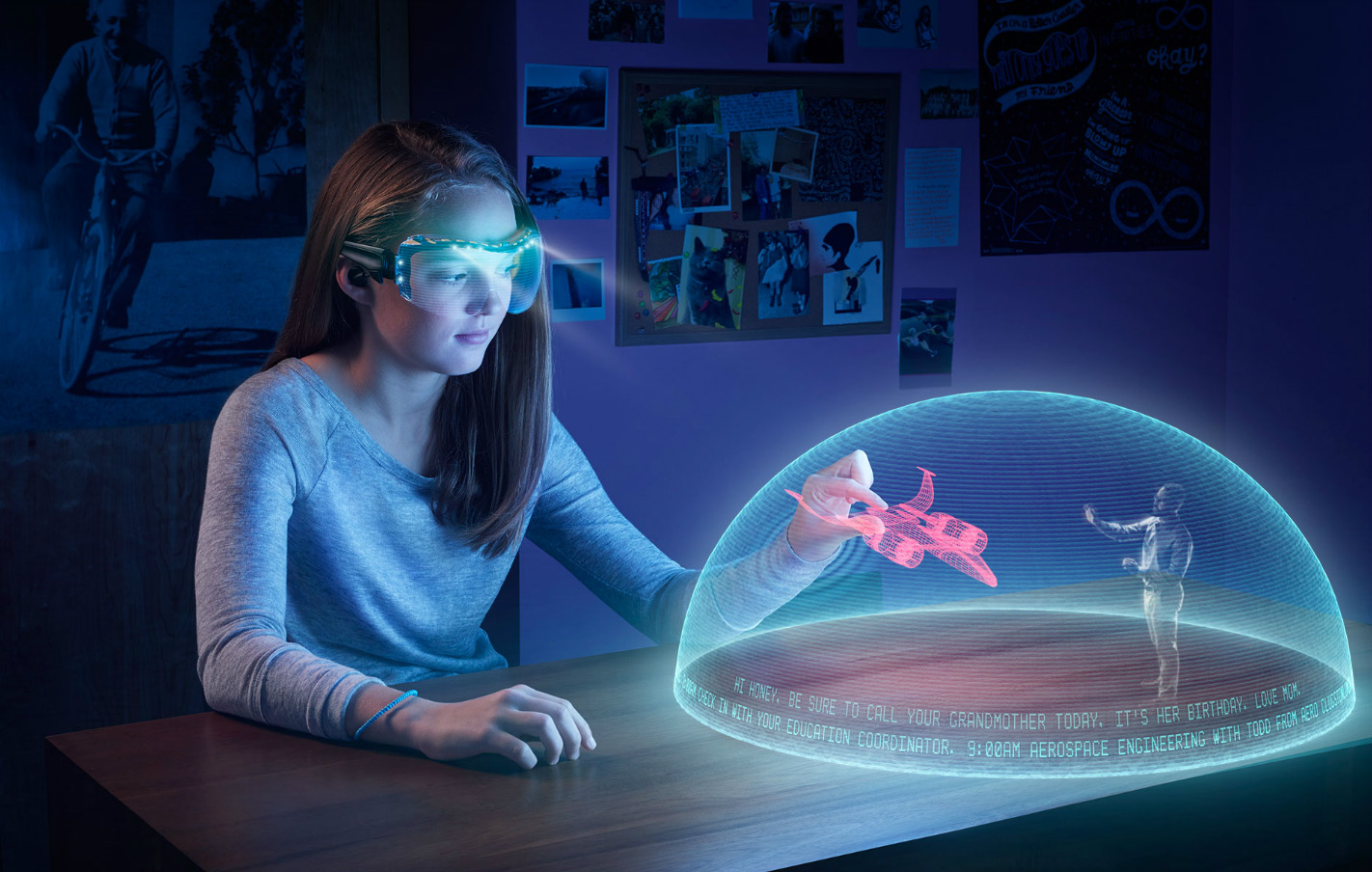You’ve seen holograms in sci-fi, but today you can build real, market-ready displays that outshine conventional screens. By harnessing meta surface technology—ultra-thin, nanostructured “meta-atoms” that precisely control light—you can create ultra-compact, energy-efficient, high-resolution holographic displays that captivate users and advertisers alike (Tech Xplore).

In this comprehensive guide, you’ll discover actionable insights on designing, prototyping, and commercializing next-generation holographic displays with metasurfaces. You’ll learn:
- What makes metasurface holography a game-changer
- Key design principles you can implement right now
- A clear comparison of metasurface vs. traditional approaches
- Practical prototyping steps for rapid iteration
- Real-world applications that dominate market segments
- Strategies to overcome common technical hurdles
- Emerging trends to keep you ahead of competitors
Ready to transform your display technology? Let’s dive in.
Next-Gen Holographic Displays with Metasurface Technology
- Ultra-thin Form Factor: Metasurfaces are hundreds of times thinner than a human hair, enabling displays that integrate seamlessly into smartphones, wearables, and AR glasses (Tech Xplore).
- High Resolution & Color: By engineering nanometer-scale silicon nitride pillars (“meta-atoms”), you can manipulate phase, amplitude, and polarization to reconstruct vivid, full-colour 3D scenes (Nature).
- Energy Efficiency: Unlike bulky spatial-light-modulator (SLM) systems, metasurface displays require no backlight, reducing power consumption by up to 50% compared to conventional holographic setups (Number Analytics).
Pain Point: Traditional holographic systems are bulky, power-hungry, and expensive. Metasurfaces solve this by offering compactness and efficiency, helping you slash production costs and improve user experience.
Why Metasurfaces Matter for Holographic Display Design
- Precision Light Control
- Meta-atoms steer light at the subwavelength scale.
- You can encode multiple wavelengths (RGB and NIR) on a single metasurface (Tech Xplore).
- Broadband Operation
- Inverse-designed metasurface gratings enable full-colour operation without bulky optics (Nature).
- Scalable Fabrication
- Techniques like electron-beam lithography and nanoimprint lithography allow large-area metasurface production with uniformity (ScienceDirect).
- Speckle & Crosstalk Reduction
- Advanced noise suppression algorithms minimize speckle, ensuring crisp images across viewing angles (Tech Xplore).
Your Advantage: Embrace metasurfaces to overcome weight, size, and power barriers—letting you target AR/VR, automotive HUDs, and premium advertising displays.
Key Design Principles for Metasurface Holograms
- Meta-atom Geometry
- Vary pillar height, diameter, and spacing to tune phase shifts.
- Simulate using FDTD tools (e.g., Lumerical) to optimize for your wavelength range.
- Hologram Algorithm
- Implement phase-only optimization frameworks for natural defocus and depth cues (ScienceDirect).
- Layered Architectures
- Stack multiple metasurface layers with polymer liquid crystals (PDLC) to achieve dynamic control (Nature).
- Waveguide Integration
- Couple metasurfaces with compact waveguides to eliminate bulky collimators (Nature).
Tip: Start with a simple phase-modulating metasurface prototype. Iterate through simulation → fabrication → characterization to refine your design in weeks, not months.
Comparison: Metasurface vs. Traditional Holographic Displays
| Feature | Traditional SLM + Optics | Metasurface-Based Displays |
|---|---|---|
| Thickness | Millimetres to centimetres | Micrometres (hundreds of nm) |
| Power Consumption | High (requires backlight) | Low (passive modulation) |
| Resolution | Limited by pixel pitch | Subwavelength meta-atoms |
| Viewing Angle | Narrow by design | Up to 60°–80° (with design) |
| Fabrication Cost | Moderate (optics + electronics) | Potentially lower (batch nano-fab) |
| Dynamic Control | High (electronic SLMs) | Emerging (stacked PDLC layers) |
Insight: Metasurfaces unlock a new design space—ultra-thin, high-res displays with lower operational costs, helping you stand out in saturated markets.
Practical Steps to Prototype Your Metasurface Display
- Define Specifications
- Target resolution (e.g., 4K-equivalent)
- Field of view (FOV) (e.g., 60°)
- Operating wavelengths (e.g., 450–650 nm RGB)
- Simulate Meta-atom Response
- Use FDTD or RCWA tools to model phase shifts per geometrical variation.
- Optimize unit cell for desired phase coverage.
- Generate Hologram Patterns
- Apply Gerchberg–Saxton or gradient-descent phase-only algorithms (ScienceDirect).
- Fabricate Prototype
- Choose electron-beam or nanoimprint lithography based on budget.
- Partner with foundries familiar with Si₃N₄ fabrication.
- Characterize Optically
- Measure diffraction efficiency, image fidelity, and speckle contrast.
- Iterate Rapidly
- Tweak meta-atom dimensions or hologram algorithm parameters.
Actionable Tip: Establish a feedback loop between simulation and optical testing to reduce iteration cycles from months to weeks.
Overcoming Common Challenges in Holographic Display Development
- Speckle Noise
- Introduce subpixel dithering or vibrating surfaces to average out speckle artifacts.
- Limited Viewing Angle
- Engineer multi-angle meta-atom arrays or use multiplexing techniques to expand FOV.
- Fabrication Variability
- Implement in-line SEM or scatterometry for real-time process control.
- Dynamic Refresh
- Combine metasurfaces with fast PDLC/electro-optic layers for video-rate holography (Nature).
Real-World Insight: Early adopters in AR/VR have overcome these by co-designing optics and algorithms—don’t silo your optical and software teams.
Market Applications to Help You Dominate the Market
- Augmented Reality (AR) Glasses
- Ultra-light, thin AR waveguides for enterprise and consumer markets (Nature).
- Virtual Reality (VR) Headsets
- Eliminate bulk—bring true 3D without eyetracking issues.
- Automotive Head-Up Displays (HUDs)
- Integrate metasurface panels into windshields for driver assistance.
- Retail & Advertising
- Eye-catching 3D signage and interactive metaholograms (wileyindustrynews.com).
- Medical Imaging
- Holographic displays for surgical guidance and education.
Business Edge: Target niche segments—luxury retail installations and enterprise AR—where you can command premium pricing and gather early revenue.
The Future of Metasurface-Based Holographic Displays
- Quantum Holography
- Entangle light and information for secure quantum displays (Laser Focus World).
- AI-Driven Hologram Optimization
- Use deep learning to design metasurfaces with unprecedented efficiency and bandwidth.
- Wearable Holography
- Flexible substrates for conformal, on-body displays.
- Mass-Manufacturing Advances
- Roll-to-roll nanoimprint to lower cost per cm².
Stay Ahead: Monitor conferences like SPIE Holography Advances & Optica publications, and partner with leading research labs (e.g., POSTECH’s Junsuk Rho group) to license cutting-edge IP (Tech Xplore, SPIE).
Frequently Asked Questions
Q: What are metasurfaces?
They’re engineered interfaces composed of subwavelength nanostructures—“meta-atoms”—that tailor light’s phase, amplitude, and polarization in ways natural materials cannot (Number Analytics).
Q: How do metasurface displays differ from LCD/OLED?
Unlike LCDs/OLEDs, which emit or block light en masse, metasurfaces manipulate light wavefronts directly to form 3D images, enabling ultra-thin, passive displays.
Q: Can I achieve real-time video with metasurface holography?
Yes—by integrating electro-optic layers (PDLC or LiNbO₃) you can modulate holograms at video rates (30–60 Hz) (Nature).
Q: What’s the biggest hurdle for commercialization?
Scaling up fabrication while maintaining uniformity and low cost—but roll-to-roll nanoimprint and foundry partnerships are closing this gap fast.
Conclusion
You now have a clear roadmap to dominate the holographic display market with next-generation metasurface technology. By following these actionable steps—designing meta-atoms, prototyping rapidly, and targeting high-value applications—you’ll launch ultra-thin, high-impact displays that capture attention and premium ad dollars.
Start your journey today: assemble your optical-design toolkit, engage with nano-fabrication partners, and prototype your first metasurface hologram. The future of immersive displays is in your hands—go dominate the market!



